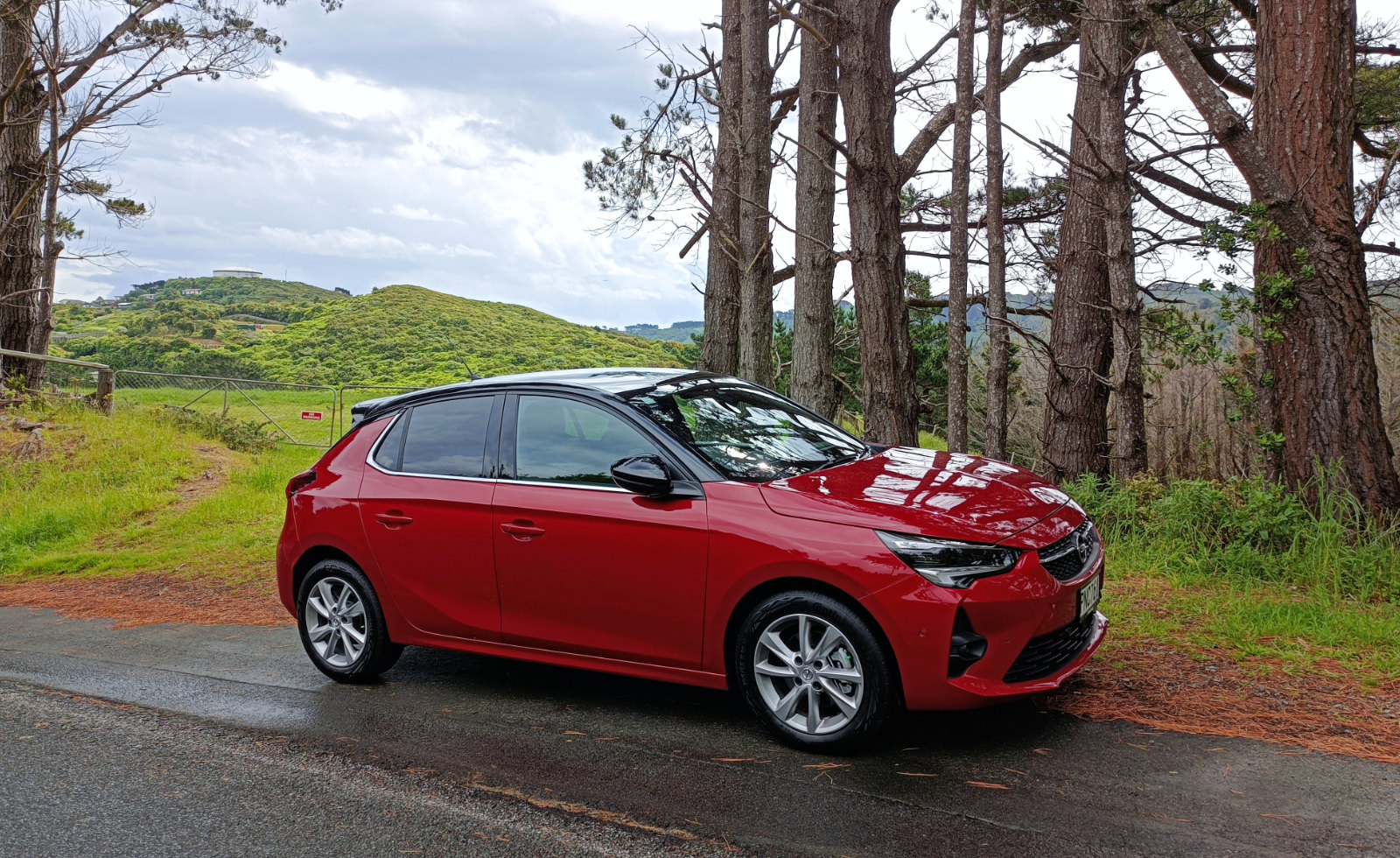
LIVING The Opel Corsa has been one of our most anticipated B-segment hatchbacks, in theory a cut above the likes of the Toyota Yaris. Jack Yan samples one of the first ones in the country and sees if his expectations are met
Photographed by the author
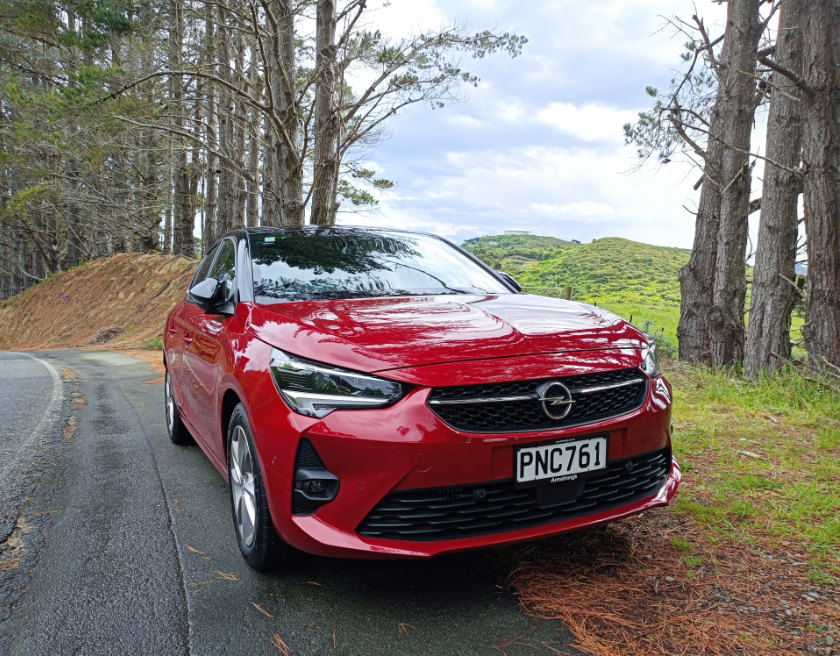
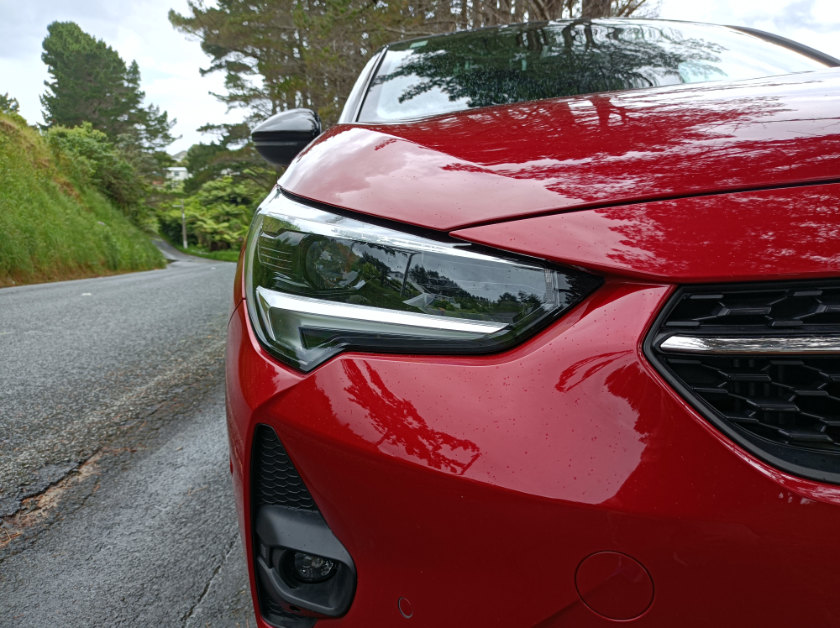
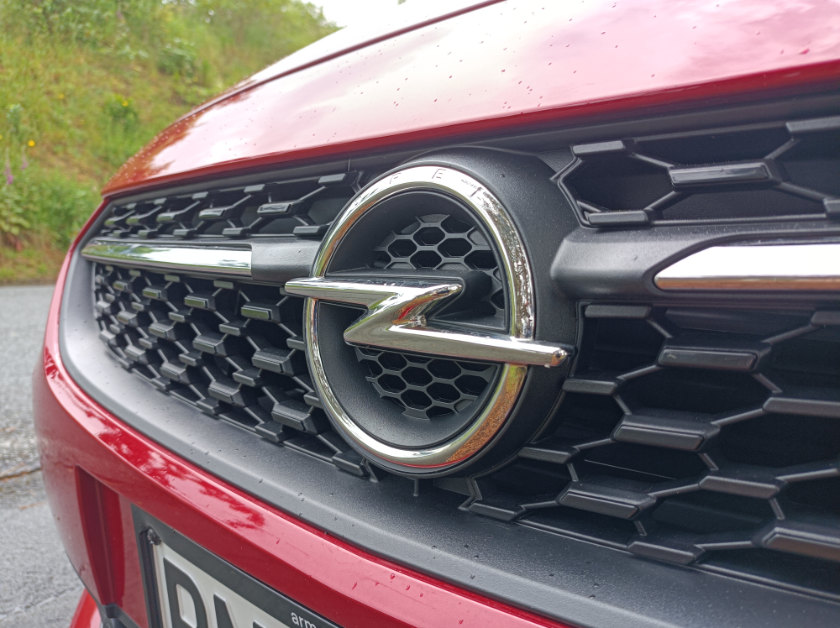
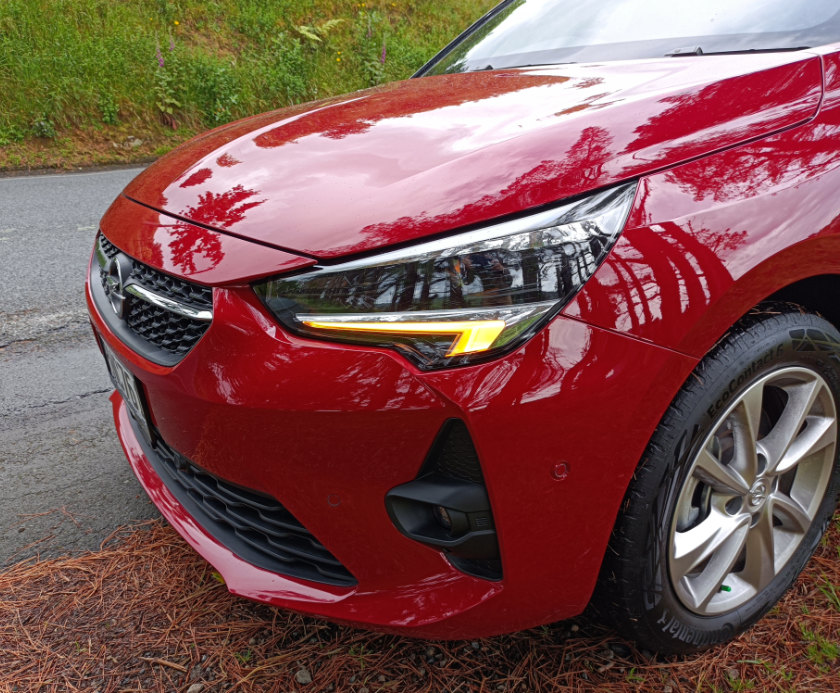
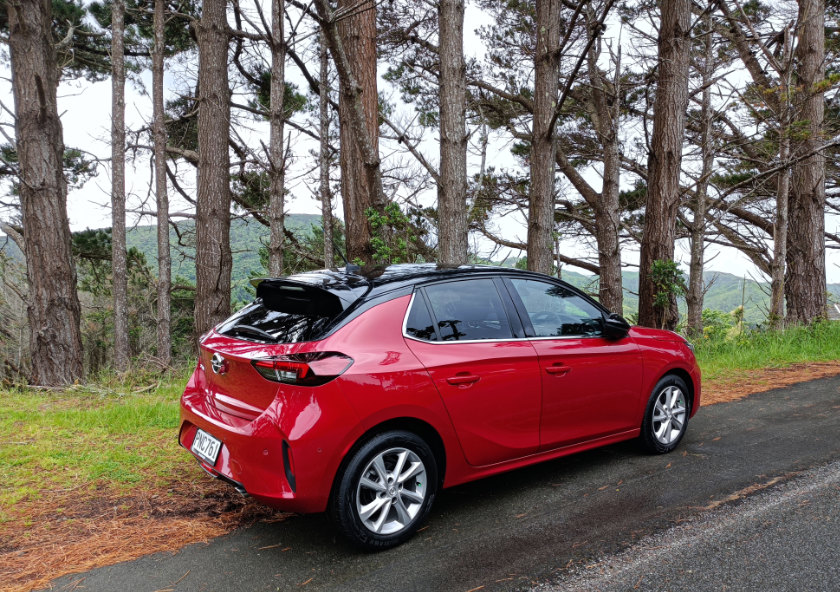
It’s no secret that we at Lucire like clever, small cars. It seems to be the prudent choice at a time when petrol prices remain high, and if your budget can’t stretch to an EV, you may as well choose something that emits so little carbon dioxide that it qualifies for (at least here in New Zealand) the government’s Clean Car discount programme.
It was with considerable anticipation that we got to test the Opel Corsa before most, with a brand-new model delivered to us with 9 km on the odometer, thanks to Opel New Zealand as well as Paul Gibson and Ben Lloyd at Armstrong’s in Lower Hutt, who went out of their way to provide the vehicle at a moment’s notice. In New Zealand, the Corsa has a single SRI trim, with a simple choice of either petrol or EV. We noticed ours had the eight-spoke silver alloys and 16-inch wheels rather than the blacked-out 17-inch ones of the regular SRI, but everything else on the spec sheet measured up. The Hot Red finish is a launch colour—and a must when it comes to the Corsa, we might add, unless you opt for the other launch colour of Power Orange. They really show the car off, and no doubt keeping them limited will encourage Corsa fans to get in early.
What strikes you first are the proportions: despite being new to New Zealand, there’s a familiarity to the Corsa F (F for the sixth generation; a little more on that later). It’s because this is effectively a car that bridges the era when Opel was owned by GM, and when PSA (Peugeot Citroën) took over in 2017. Opel had pretty much readied the Corsa F whilst under American ownership. When the sale happened, PSA (now Stellantis) wasn’t about to fork out royalties to GM for such a volume model, so the Opel team quickly (well, over two-and-a-half years) reworked the design on to the PSA CMP platform, shared with the current Peugeot 208.
That French heritage has done it no harm; in fact, it’s probably improved it, given Peugeot’s excellence in small cars. The 2018 Chinese Buick Excelle is an indication of what the Corsa could have turned out to be, the four-door notchback shape excepting, and there are distinctly similar cues, from the grille to the creases on the doors. But the Excelle appears under-tyred, and in China it’s on the GEM (Global Emerging Markets) architecture, something that would not be sophisticated enough for European tastes. The production Corsa is attractive and balanced, even if the sills are a little high—but then you get the impression that the cabin is stiffer and stronger.
There’s even a line that Opel calls the Compass on the bonnet, running up its length. Anyone recalling the Vauxhall Viva HC from the 1970s and the droop-snoot Firenza will recognize it, and it’s a homage to that history, thanks to Opel’s design VP Mark Adams. The grille isn’t the Opel vizor that fronts the Mokka crossover, as the Corsa was designed before that became de rigueur for Opels, but that might well come in a few years when the F is facelifted. Till then, there’s a bit of Buick about it, and a visual connection to the last Holden Commodore (née Opel Insignia B), but overall, it works.
continued below
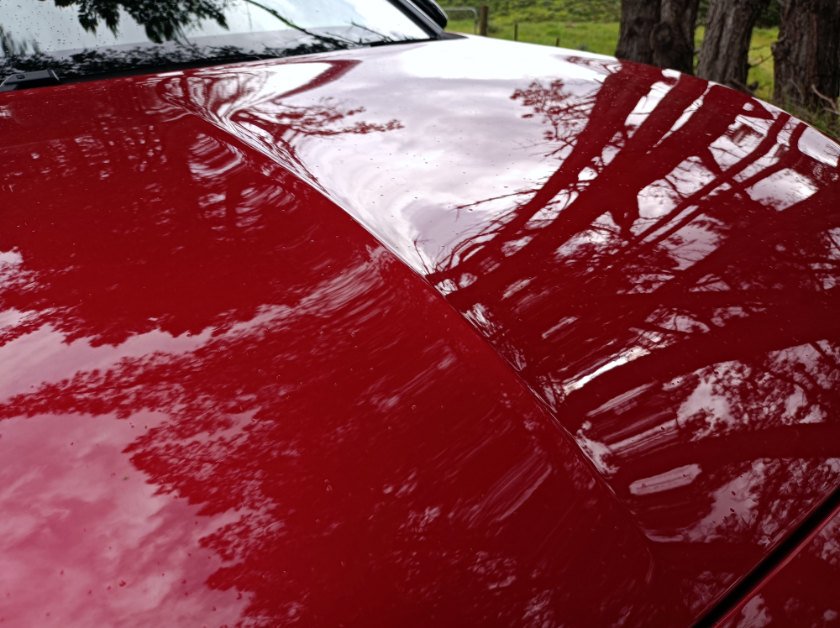
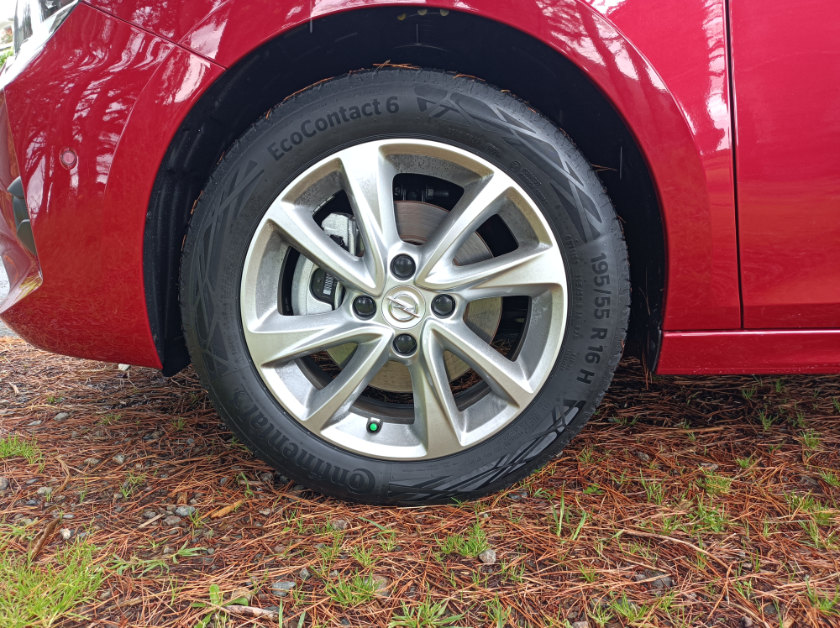
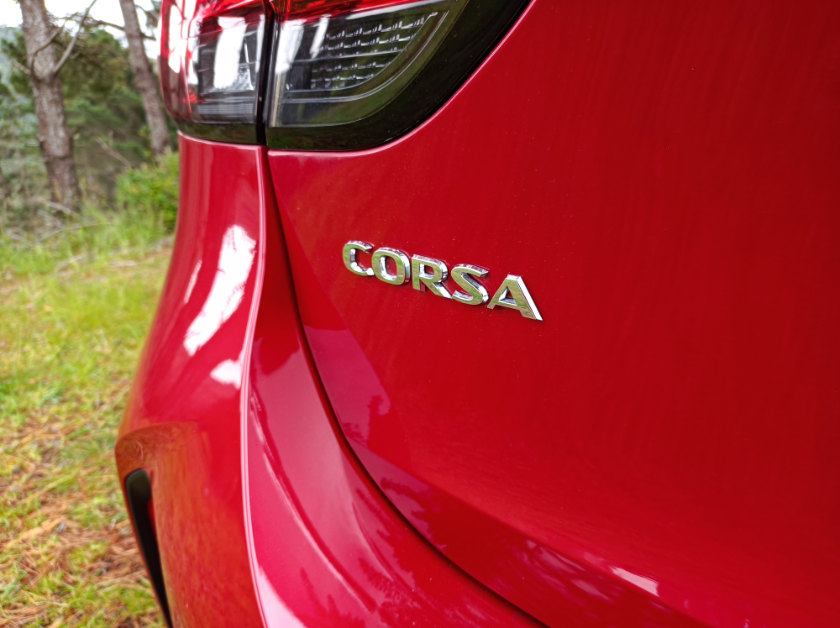
The Corsa nameplate will already be familiar to most Kiwis through imports, although the F marks the first time it is officially sold new here. But when Holden was a going concern, GM New Zealand brought in the Opel Corsa B as the third-generation Holden Barina—arguably the most successful generation of the B-segment model. The Corsa C was a smart evolution and kept Holden competitive in the B-segment till it was, tragically, replaced by a less safe, less attractive Daewoo Kalos—a car that had failed in the New Zealand market years before—wearing the Barina badge. A Holden post mortem might point to that period as the beginning of the end of the company as it cynically rebadged inferior Daewoo product in 2005.
Opel, meanwhile, has had a better history on these shores. With the deregulation of the car market in the 1980s, GM brought in Opel as a premium marque, fielding the Kadett GSi, Ascona GT and Monza, before spying an opportunity to go mass-market with the Vectra A in 1989. It proved a success—not least because of a massive marketing campaign with plastic keys dropped into letterboxes nationwide. (If yours could open a Vectra at a dealership, the car was yours.) GMNZ research showed that Opel buyers wanted German, but without paying the megabucks associated with the luxury marques.
That early research in 1991 has held largely true: the Corsa SRI begins at NZ$36,990, at the higher end of the B-segment, but undercutting the cheapest Audi A1 by over NZ$10,000. But is it worth the money, when buyers can choose, without exercising their imagination, a Suzuki Swift for NZ$21,990, and a Toyota Yaris for NZ$28,290?
Of course, one isn’t comparing apples to apples: the Opel is far better equipped than either, and when you start speccing the top Yaris hybrids, their price exceeds that of the Corsa. Granted, the government rebates are then greater given the hybrid powertrain, but the Japanese competitor is down on power and driving enjoyment. Warranties are competitive: Opel offers five years or 100,000 km, and five-year roadside assistance. (The Corsa-e enjoys eight years and 160,000 km on the battery.)
In this market, Ford doesn’t get a look-in, the Fiesta largely MIA as the American firm retreats from segments, even ones where it has competitive cars. In tough economic times, they love trucks—bizarre decision, but what can we say?
The Corsa SRI has a turbocharged 1·2 triple developing an impressive 130 PS (96 kW) shared with its sister. (Like the 208, a 50 kWh (46 kWh net) electric variant is part of the repertoire.) The petrol engine is a willing unit, and surprisingly torquey, delivering 230 Nm at a mere 1,750 rpm. In other words, it’s no slouch as an urban runabout or on the motorway.
It’s sportier than the Peugeot, with good handling (with a hint of understeer) and ride. While the steering is direct, it’s on the light side, which suggests that the Corsa is happier around town. However, it had no troubles with the gradients of Transmission Gully in the Wellington region, which it tackled with aplomb, and given its German heritage, it could take the Autobahnen very capably. This describes the needs of many of us—we want a car that has these very traits, manœuvrable (4,060 mm long, 1,765 mm wide) around the city on a daily basis, yet it can comfortably eat up motorway miles if it’s demanded.
It does so with a low 120 g/km of carbon dioxide emissions on the 3P-WLTP cycle, making it eligible for a NZ$2,438 rebate under the Clean Car Programme.
The cabin itself is light and airy, thanks to the panoramic glass roof above. While it doesn’t open, it lets light in (with a shade if things get too bright), and from the outside it appears dark and impenetrable. Interior materials look grey in the photos but there are some nice touches, with reflective black finishes and chrome effects, while the stitching on the seats raise the perceived quality. Overall, however, Peugeot delivers a more interesting interior, while it’s below the perceived quality of the Audi. It beats the Suzuki’s and Toyota’s, though we do appreciate the Yaris ZR’s funkiness.
You don’t sit too low; seat height is roughly where you expect it to be for this segment, bringing you closer to the ground than a crossover.
Standard New Zealand spec means a seven-inch digital display ahead of the driver, and a seven-inch touchscreen in the centre console.
There are plenty of safety features which we already had a taste of with the Opel Astra K and the Insignia B: lane keep assist, intelligent headlights, adaptive cruise control, heated seats, and cameras recognizing speed limit signs. There’s also active emergency braking and the car did warn us if we were too close to the vehicle in front. In other words, some big-car features are standard here.
It’s those little touches that we liked. As you approach the Corsa, key in pocket, the doors unlock—a considerate little feature that take away the fumbling for one’s keys each time you near the car. (It’s only annoying if you decided to pull up some grass on the driveway and you happen to fall in and out of the system’s range.) The automatic wipers worked well as did the automatic lights. It takes some stress out of everyday life.
There’s only a rear camera though there are sensors front and rear, and that’s evident when the centre screen shows the bird’s eye view as you park the car, without any imagery of what lies around the front half of the car.
We ran the Corsa on each of its three modes, and even the eco one still allowed for plenty of torque while maximizing fuel economy; sport, expectedly, holds the gears for longer and has a sharper throttle response. PSA’s sequential gearbox’s eight speeds can be changed with the paddles either side of the steering wheel, and the shifts are quickly executed. It’s quite pleasant working the steering wheel and the paddles, given that New Zealand won’t see a manual gearbox with the Corsa.
As a daily driver, it’s the perfect size for such a cross-section of buyers: the fashionable; small families; business people; young drivers; OAPs. Little wonder the Corsa unseated a Ford for the first time since 1980 in the UK sales’ charts’ top spot. We eye the UK charts with some envy given that they’re not topped by fuel-inefficient pick-up trucks, many of which must be bought by posers to send such a large number off showroom floors. We’d rather more consider sensible and stylish being part of the Zeitgeist of 2022–3, and the Corsa definitely fits the bill.
It’s a must for anyone contemplating getting a quality small hatch with a little added spice, and one of the best B-segment entries we’ve sampled in a while. •

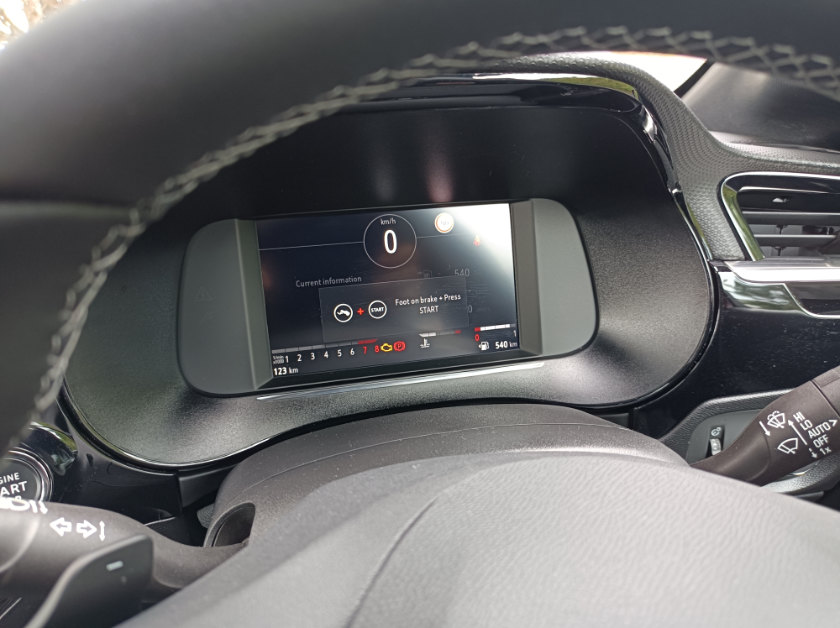
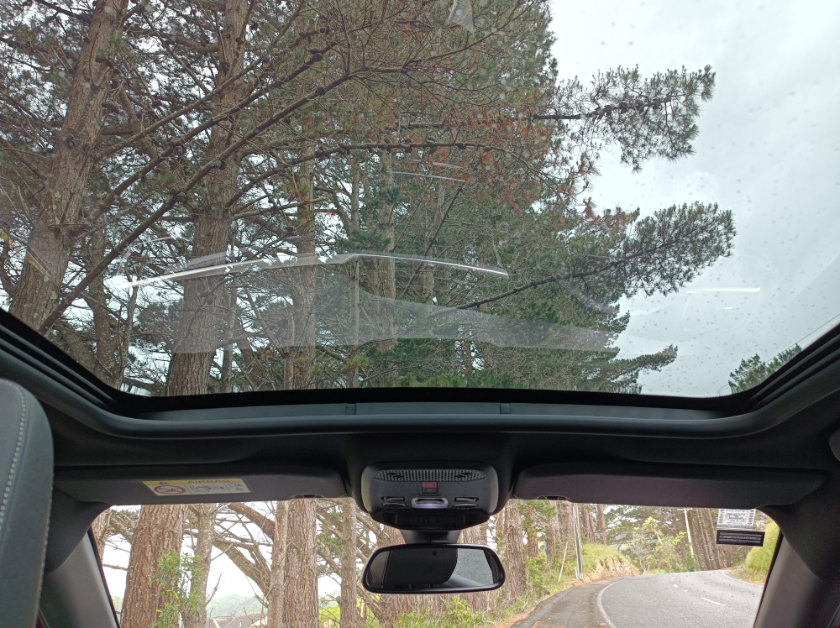
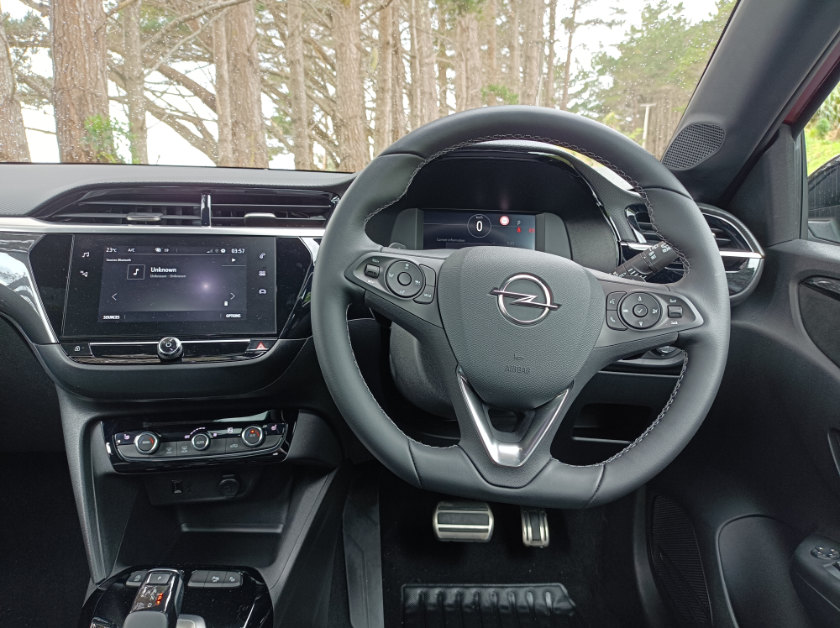

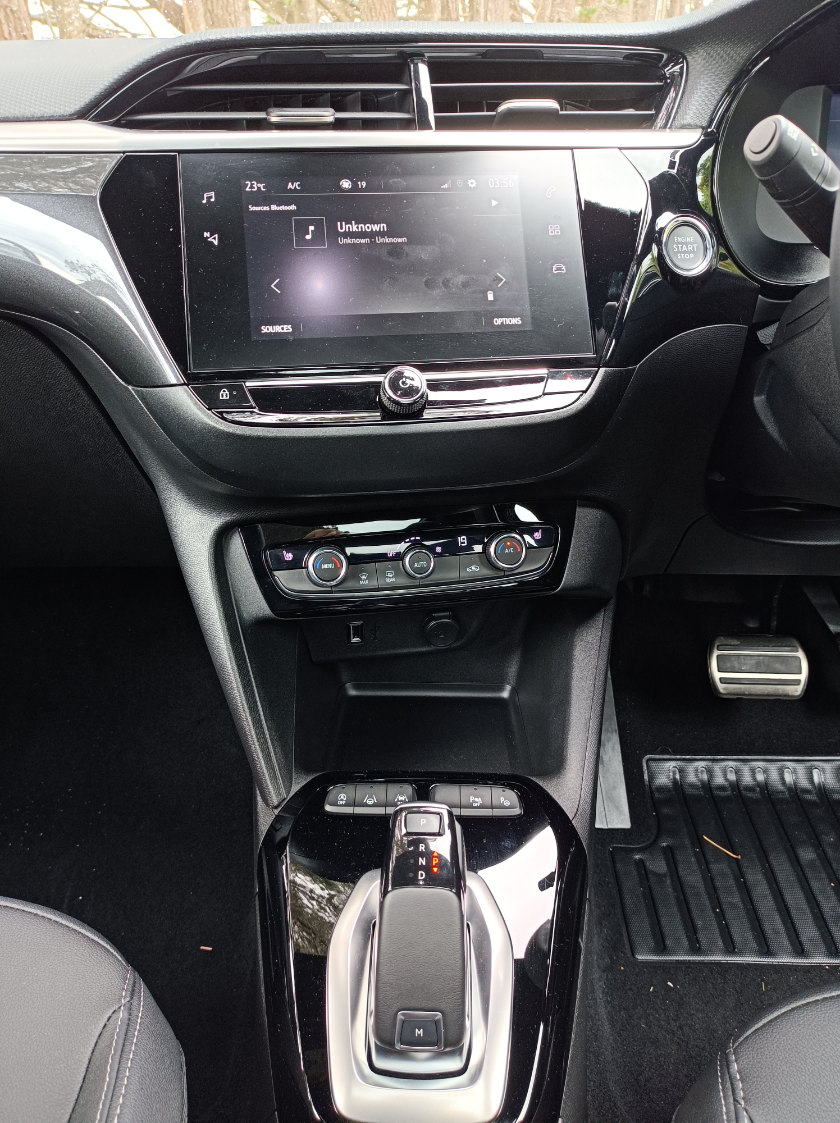
Related articles hand-picked by our editors
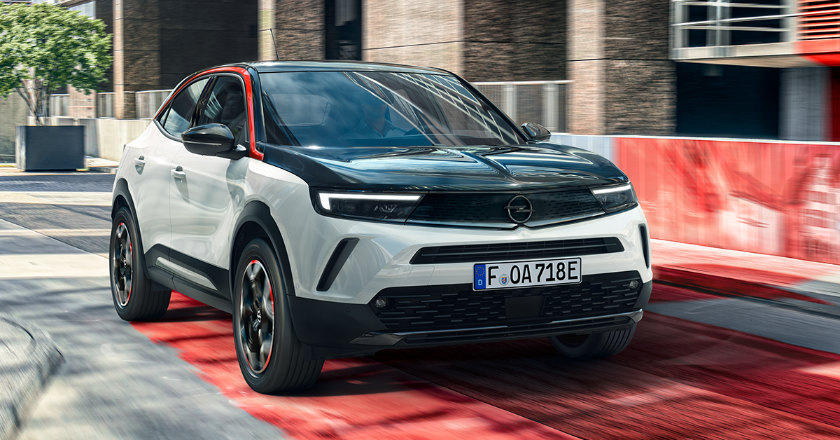
Opel returns to New Zealand with electrified entries in every model line
After an official absence of nearly three decades, the Opel marque returns to New Zealand new car retail, writes Jack Yan
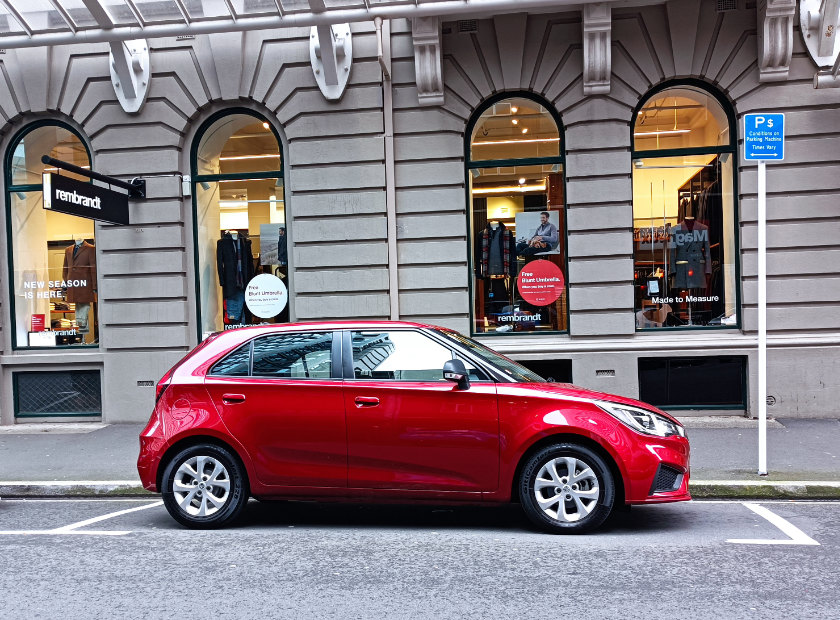
Keeping it simple
As one of three cars on the New Zealand market under the NZ$20,000 mark, is the MG 3 worth your time? Jack Yan finds out
Photographed by the author
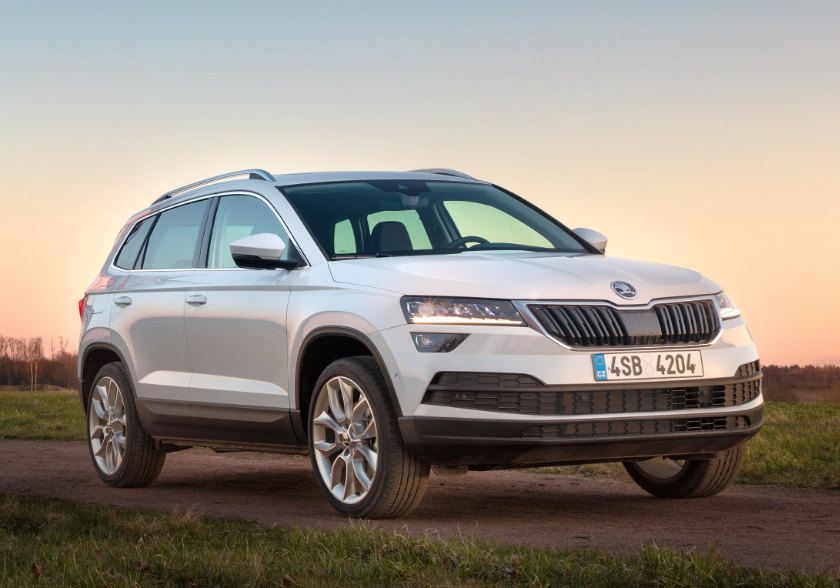
Škoda Karoq: being Praguematic
It’s farewell to Škoda’s very clever Yeti after eight years, and hello to the Karoq, another unusually named compact vehicle. But rather than the MPV-like philosophy of the earlier car, this one’s a crossover with SUV proportions. Does it succeed? Jack Yan takes it for a brief test
Video filmed and edited by Stuart Cowley